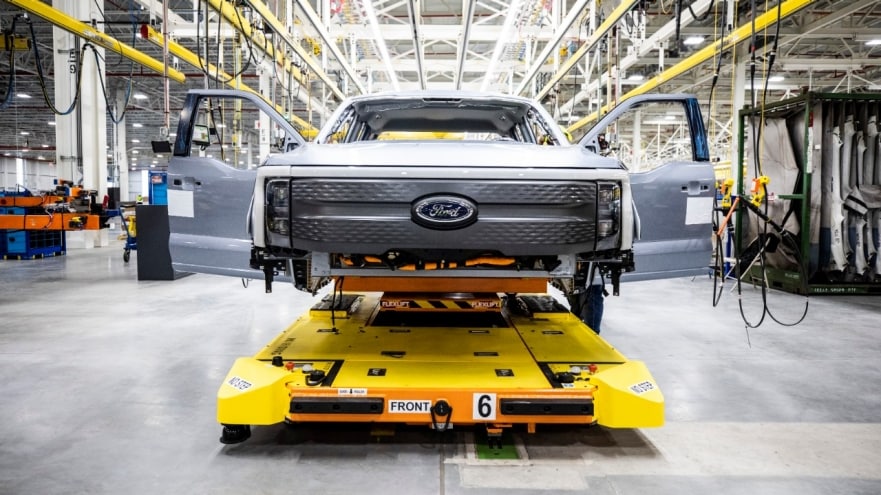Like other automakers, Ford entered the EV market with high expectations, but the results so far have fallen short. The biggest disappointment is the F-150 Lightning, an electric pickup truck that was expected to capture the popularity of its combustion-engine counterpart. Instead, its October sales plummeted by 49.8% compared to the same period last year, prompting Ford to announce a temporary halt in production until early 2025. In numbers, only 1,863 units of the Lightning were sold. With demand remaining far below expectations, the F-150 Lightning has become more of a symbol of Ford’s struggles in electrification than its successes.

However, Ford’s lineup of electric vehicles has had some wins. One example is the Mustang Mach-E electric crossover, which saw sales increase by 21.3% in October, bringing total sales of this model to 3,313 units. Ford has even announced that the 2025 model year will have a lower starting price than its predecessor, at $36,495—$3,500 less. This price drop could attract new customers and help sustain the upward sales trend of this model. Nevertheless, this growth was still unable to offset the overall year-over-year decline in Ford’s EV sales, which fell by 8.3%, indicating that the brand is still finding its way in the EV market.

Despite selling a total of 172,756 vehicles on the U.S. market in October, electric models accounted for just 3.2% of that figure. This clearly shows that customers continue to prefer combustion engines, despite Ford and other automakers making significant investments in an electric future. Ford’s E-Transit, another electric model, also saw a sales increase of 181.1%, but with only 1,088 units sold, the numbers remain low. Demand for fully electric vehicles is still relatively limited, and most customers seem content with gasoline-powered options.

In 2021, Ford had a bold plan for rapid electrification, but by early 2024, the company had to acknowledge that this vision was unsustainable. Ford, like other automakers, is beginning to better account for real customer preferences, which indicate that the public is not ready for a mass shift to EVs. The company must, therefore, reassess its approach.

So far, Ford’s “electric revolution” has highlighted the weaknesses of this strategy more than its triumphs. It remains true that combustion models continue to be the main source of sales and profits for Ford. The decision to slow down the plan for a purely electric future and reconsider its strategy may not only be pragmatic but also necessary to retain customer loyalty and keep pace with the competition.
Source: AutoNews





Leave a Reply